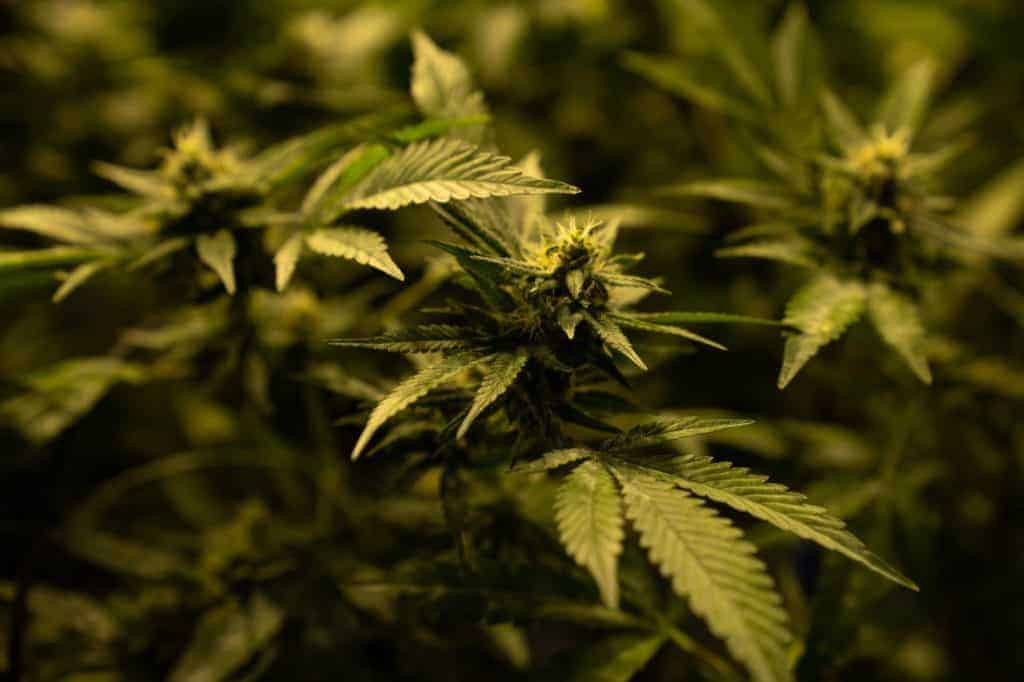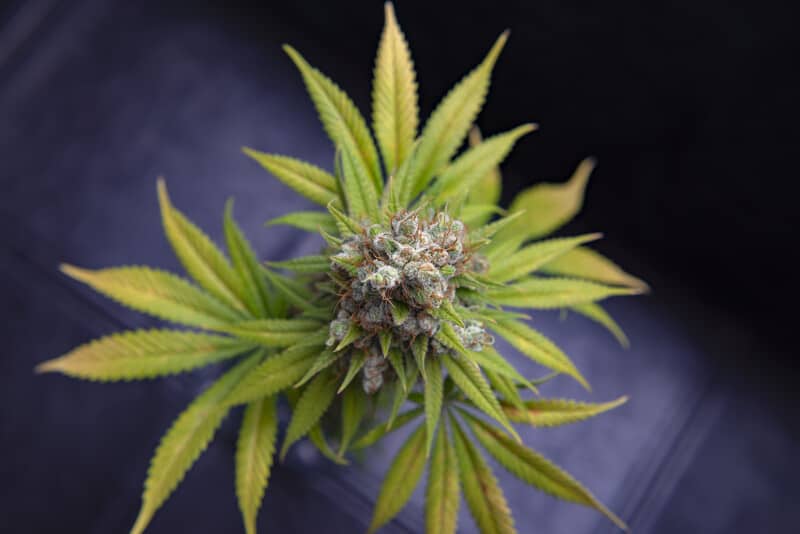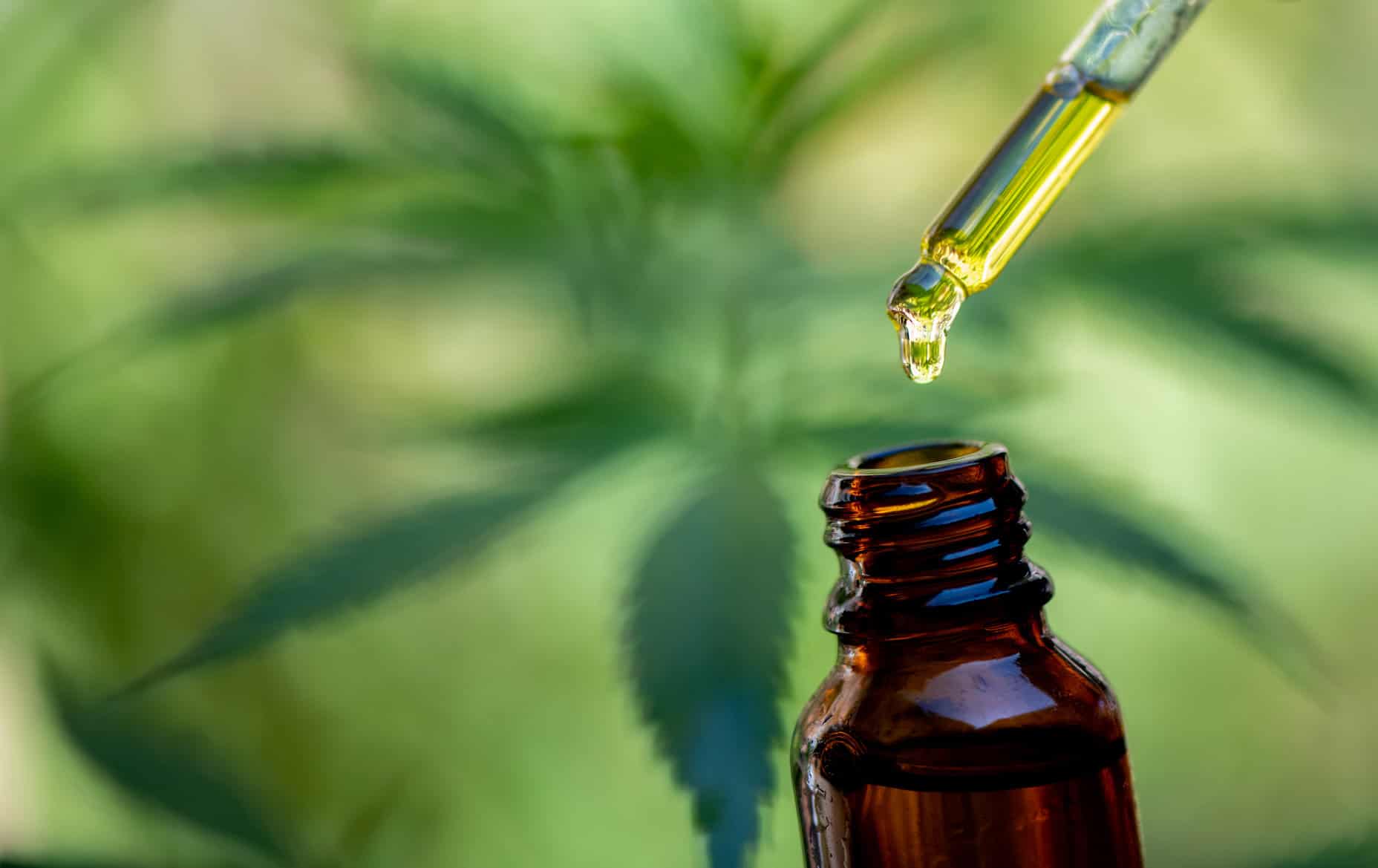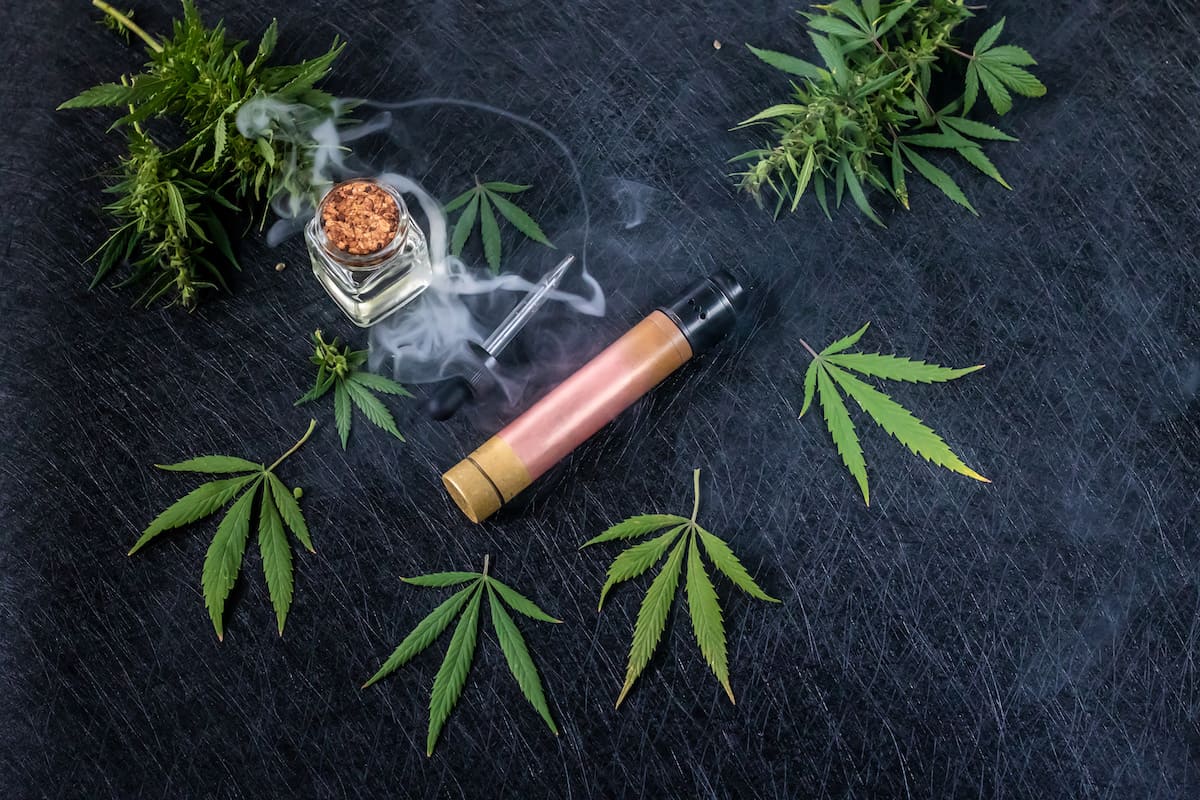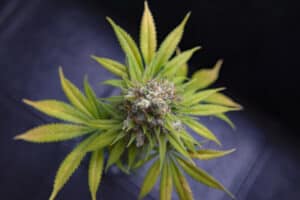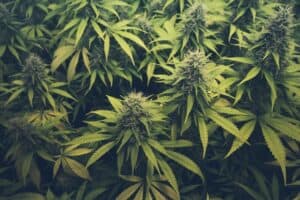Cannabis can be a tricky plant to get the nutrients it needs. There are many different cannabis nutrient deficiencies that growers might not be able to identify.
To ensure successful cannabis growth, it is crucial to have the right nutrients in your plant. With proper nutrition and care, cannabis plants can grow in strength and yield.
After all, so many different factors can influence nutrient uptake. So, this article starts by describing the possibility of a cannabis nutrient deficiency. It provides an in-depth overview of identifying a flaw, the symptoms, and how to tackle it.
What Are Marijuana Nutrient Deficiencies?
Marijuana nutrient deficiencies can be caused by a lack of certain essential micronutrients, including iron, magnesium, zinc, phosphorus, etc. It can occur when a plant is not getting the nutrients it needs to grow and produce buds. When this happens, the buds may be small or sparse.
To identify if a cannabis plant is deficient in a specific nutrient, you can perform a soil test. However, if you are not familiar with soil testing, you can check for the deficiency signs by looking at the plant itself.
Common deficiency symptoms include smaller plants with less dense buds, yellowing or wilting leaves, slow or poor growth, poor bud quality, stunted flowering, and reduced yields. If you suspect that your cannabis is suffering from a deficiency, it's essential to identify and treat the problem.
Reasons For Marijuana Nutrient Deficiencies
A common cause of deficiencies (nutrients) in these plants is the pH level. The best environment for cannabis plants is slightly acidic, with a pH range between 5.8 to 6.8. Not only this, but you should also check the pH level of the water.
So, the pH range is between 5.5 and 6.5, while the optimal level differs. Soils with all the nutrients your plant needs may not be suitable if they're too acidic, so monitor soil and water levels.
How To Identify The Marijuana Nutrient Deficiencies?
If you are a cannabis cultivator, you may be familiar with “cannabis nutrient deficiencies.” These deficiencies can occur when the plant doesn't receive the right amount of nutrients, including nitrogen, phosphorus, and potassium.
Here are some tips for identifying cannabis nutrient deficiencies:
- Look for signs of poor growth. Cannabis plants deficient in one or more nutrients will typically exhibit symptoms of poor growth, including smaller leaves and lower yields.
- Check the pH level. A high pH level is a sign that your cannabis is lacking in minerals like magnesium and zinc. Correcting the pH level can help restore nutrient levels and help your plant grow healthier.
- Monitor the concentrations of critical nutrients in your plant's soil. If you do not know if your plant is deficient in a particular nutrient, checking the nutrient concentrations in its soil may be an excellent way to start the identification process.
- Monitor your plants' water needs. Are they receiving enough water? Too much water starts root rotting and other cannabis plant problems; too little water can result in sparse flowering and reduced yields. Water your weed plants regularly – and adjust as needed based on plant symptoms and moisture readings taken from the soil surface.
- Check out the mobile and immobile nutrient deficiencies in your plant. Mobile deficiency will occur in older leaves at the bottom of your cannabis plant, whereas immobile nutrients will happen in the new leaves at the top of the plant.
How To Fix/Tackle Different Marijuana Nutrient Deficiencies?
If you are looking up cannabis nutrient intake, there are a few things to keep in mind:
- It is crucial to identify any deficiencies affecting your weed plant's growth.
- It is essential to find the proper cannabis nutrients to address those deficiencies.
- Once you have identified the deficit, it is vital to take action and treat it with cannabis nutrients.
Following are some tips on how to fix all of this:
1. Iron Deficiency in Cannabis
Iron deficiency is one of the most common nutrient deficiencies in marijuana plants. It is a critical component of chlorophyll, a vital molecule in photosynthesis. Without enough iron, leaves will become brown and stunted, and flowers will not develop properly.Iron deficiency can produce yellowing between the veins of the leaves, as well as a reduction in the quantity and quality of the flowers. Using an iron-rich fertilizer and ensuring that the soil or substrate has appropriate pH levels are both necessary steps in the prevention of iron deficiency. If a deficiency does emerge, treating the plant with a foliar spray or fertilizer that is high in iron can be helpful.
Fixing them:
- Put a small amount of nitrogen fertilizer to lower the pH and make iron more accessible.
- Add an iron supplement to the growing medium before adding water.
- Achieve the pH spot for cannabis
2. Zinc Deficiencies in Cannabis Plants
It is because zinc helps create cellular membranes and protect against infection. It is also essential for photosynthesis, and marijuana plants often suffer from zinc deficiency. Zinc deficiencies can also lead to chlorosis (a yellowing of cannabis leaves), stunted growth, and lower yields.
Zinc is essential for the growth of plants and their ability to withstand stress. Yellowing of the leaves and reduced growth are two symptoms that might be caused by zinc deficiency. Use a fertilizer that contains zinc in order to avoid developing a zinc deficiency. In the event that a deficiency does develop, treating the plant with a zinc-rich foliar spray or fertilizer may be of assistance.
Fixing them:
- Use a foliar spray with fish or seaweed to add more necessary minerals.
- Reduce the pH to its ideal range.
- Do not overwater your plants.
3. Manganese Deficiencies in Cannabis Plants
Another essential nutrient found in cannabis is manganese. Manganese is responsible for producing chlorophyll, a pigment that helps the plant absorb sunlight and produce energy. A lack of manganese can cause leaves to turn pale or yellow, and the flowers may not have as much THC (the psychoactive compound in cannabis).
Fixing them:
- Remove the part that is not recovering.
- Sprinkle seaweed foliar spray onto the canopy.
In order to flourish and produce blooms of the highest possible quality, cannabis plants require a wide range of nutrients. It is possible for a plant to have a nutrient deficiency if it does not receive enough of one or more of the required elements. This might result in the plant's growth being stunted, its leaves turning yellow, and other problems. The following are some of the more prevalent nutrient deficits in cannabis, as well as techniques to prevent or treat them:
4. Nitrogen Deficiency in Weed
Nitrogen is necessary for plant growth and is vital for the formation of chlorophyll. Plants cannot produce chlorophyll without nitrogen. A lack of nitrogen can cause the leaves on a plant to turn yellow and can also hinder the plant's growth. During the vegetative stage, it is essential to make use of a fertilizer that is high in nitrogen in order to avoid a nitrogen shortfall. Using a fertilizer that is high in nitrogen can be helpful in the event that a shortfall does develop.
5. Phosphorus deficiency in Weed Plants
Phosphorus plays a crucial role in the growth of roots as well as the generation of flowers. A lack of phosphorus can cause the leaves on a plant to become dark green or even purple, and it can also impair the quantity and quality of the flowers. During the flowering period, applying a fertilizer with a high phosphorus content will help prevent phosphorus deficiency. Phosphorus-rich fertilizer can be helpful in the event that a deficiency does develop in a plant.
6. Potassium Deficit in Marijuana
Potassium is essential for the growth of plants and their ability to withstand stress. A lack of potassium can cause the leaves on a plant to become yellow or brown, or even to curl up at the margins. During the flowering stage, the application of a fertilizer with a high potassium content is recommended to avoid a potassium deficit. Using a fertilizer that is high in potassium can be helpful in the event that a shortfall does develop.
7. A lack of calcium in cannabis plants
Calcium is necessary for the maintenance of healthy cell walls and the ability to withstand stress. A lack of calcium can cause the leaves on a plant to curl and become brittle, and it can also affect the size of the flowers and their overall quality. Using a fertilizer that is high in calcium and maintaining an appropriate pH level in the soil or substrate are two ways to avoid developing a calcium deficit. If a calcium deficiency does develop, treating the plant with a foliar spray or fertilizer that is high in calcium can be helpful.
8. Deficiency in magnesium in Weed
Chlorophyll production and the ability to withstand stress both require adequate levels of magnesium. A magnesium deficit can cause the veins of the leaves to turn yellow, and it can also cause a reduction in the quantity and quality of the flowers. Use a fertilizer that is rich in magnesium in order to avoid developing a magnesium shortage. If a magnesium deficiency does develop, treating the plant with a foliar spray or fertilizer that is high in magnesium may be helpful.
In Short
Nutrient deficiencies can cause poor growth, yellow leaves, and stunted flowers. If you see any of these symptoms in your plants, it's essential to identify the defect and treat it. But, sometimes, correcting cannabis plant deficiencies can cause other problems. You can identify and restore cannabis plants with the proper nutrient deficiency symptoms. However, be careful about often fixing your plant for the wrong reason. For cannabis plants to achieve their full potential in terms of growth and productivity, it is essential to eliminate any nutrient deficiencies that may arise.
This can be accomplished by fertilizing the plant with high-quality nutrients, ensuring that the pH of the soil or substrate remains at the appropriate level, and doing routine checks on the plant to look for indications of nutrient deficiency. If a deficiency does occur, it is imperative to take immediate action in order to stop any additional harm from occurring and to make certain that the plant obtains the nutrients it need in order to mature and produce flowers of a high quality.

